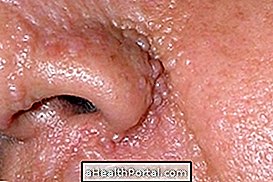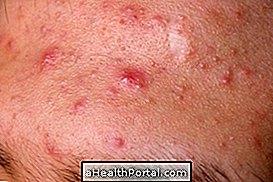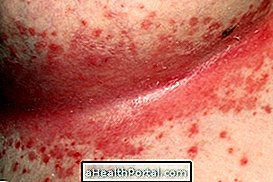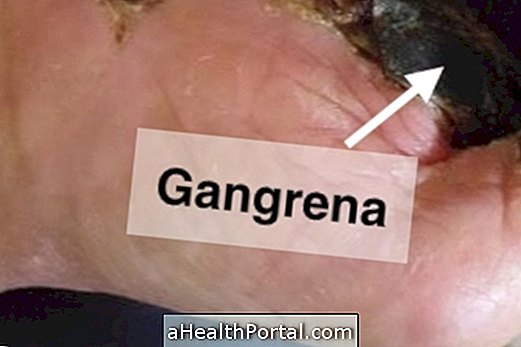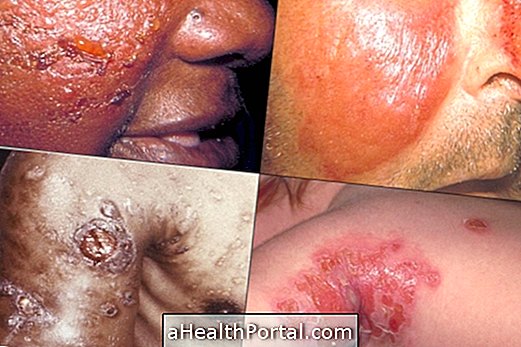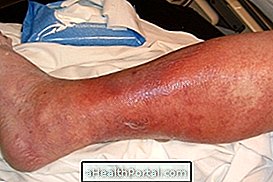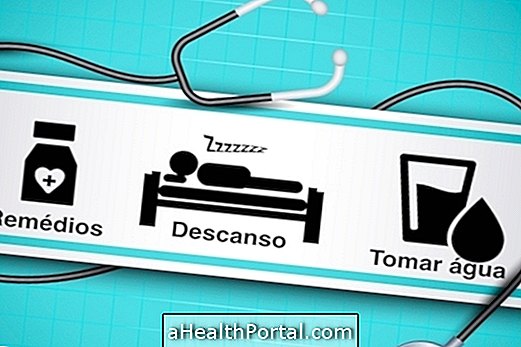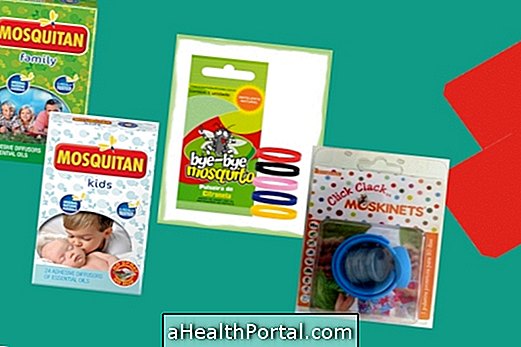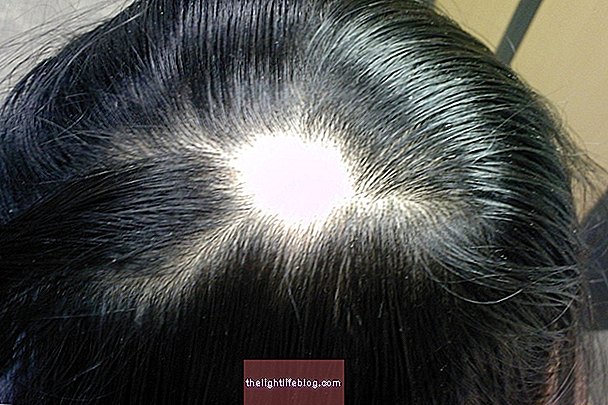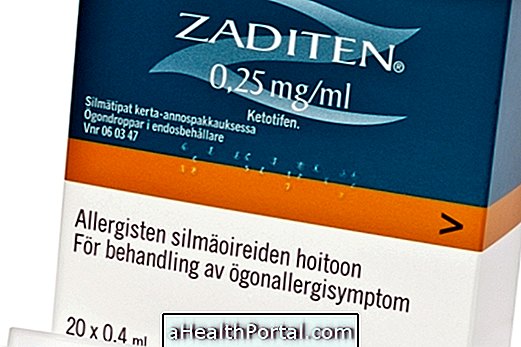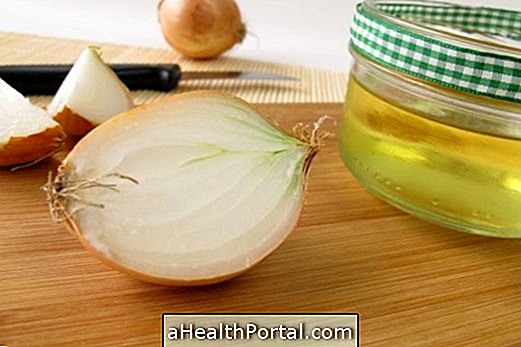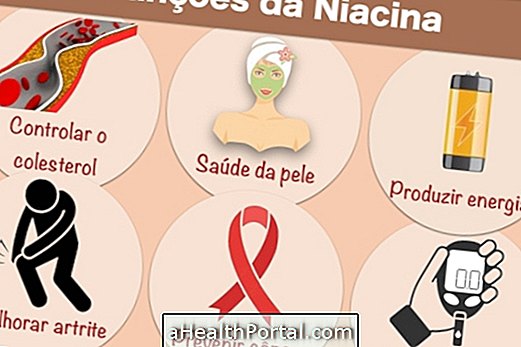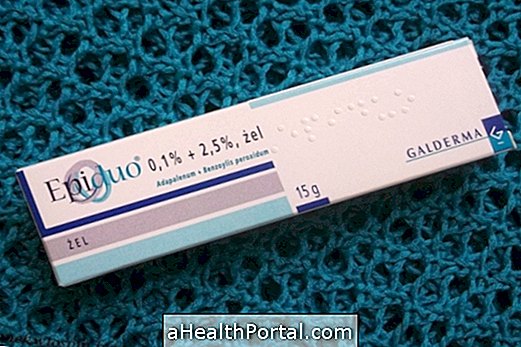To remove the milium from the skin should be cleansed skin with extraction of milium with a very thin needle, such as insulin, for example.
The sebaceous milium is a small white or yellowish keratin cyst that affects the most superficial layer of the skin. It is most common in the region close to the eyes and nose, eyelids of the eyes and nose due to obstruction of the hair follicle, but may also appear in newborn babies, and in childhood tends to disappear alone, without the need for specific treatment .
The milium sebaceous, is also called corn, cyst cyst, milium grain, or simply, milium. Normally it can be removed by the esthetician, but in cases of milium with more than 3 mm it may be necessary to consult with a dermatologist.
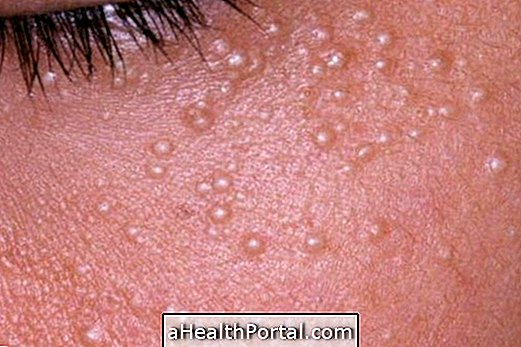
What to do to remove the milium from the skin
The best way to remove the milium from the skin is to do a deep cleaning of the skin with needle extraction once a month. The needle will pierce the outermost layer of the area with milia and when pressing the skin, soon the cystic content comes out.
The daily care that should be maintained include keeping the skin properly cleaned, washing with warm water and anti-oil soap, and using a tonic and moisturizing lotion with sunscreen daily.

What not to do to remove milium from the skin
One should not try to remove the milium from the skin, like a clove or a spine, because it will not go out and can leave marks on the skin. It is also not recommended to try to take the milium with a needle at home, because of the risk of cuts, sores and infection.
Remedies to remove milium from the skin
Remedies are rarely recommended in the case of milium, being reserved only when there are signs of infection such as pain, redness and swelling at the site, which may occur after removal of the cysts with a needle but without proper hygiene care. As the skin is injured by the needle, care is needed to avoid infection, but when this happens the doctor may recommend the use of an antibiotic ointment, such as Nebacetin, for example.

Milium in the newborn
White milium dots are also common in the newborn baby due to transient sebaceous retention. These dots disappear alone, in a few weeks, without the need for specific treatment.
In babies milium grains, as they are also known, usually appear in the summer or on very hot days in the first weeks of the baby's life, or during an episode of fever. As the sweat can not pass through these pores, the sites can appear bullous, filled with liquid, that break easily.
